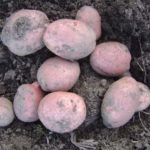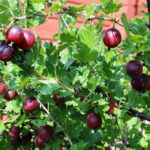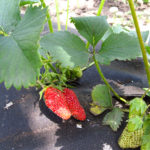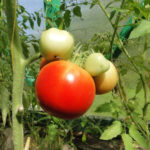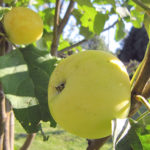When to sow black radish outdoors?
Black radish (Raphanus sativus var.niger) is a vegetable crop that is valued not only for food, but also widely used in folk medicine. Cultivation of this plant in the open field is not particularly difficult, but there are some nuances in this matter.
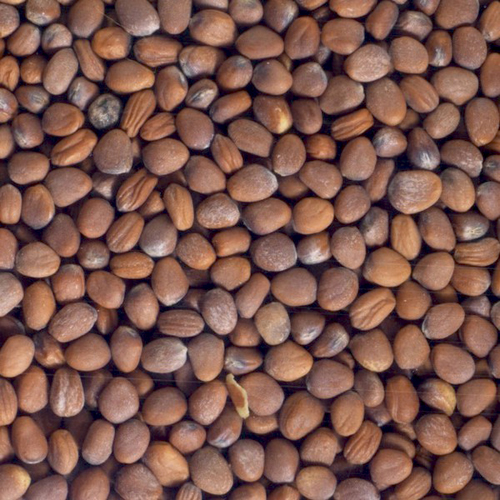
Features of culture
Black radish is a biennial plant that in the first year forms a rosette of basal leaves and a root crop - it is it that is used for food. In the second year, the culture throws out a peduncle and forms seeds. Depending on the variety, the harvest of marketable root crops ripens 100-120 days after germination.
The plant does not have special requirements for the soil, but the composition and structure of the soil have a significant impact on the yield of the crop and the organoleptic properties of the root crop.
Black radish seeds are distinguished by their enviable cold resistance - they are able to germinate even at a temperature of + 3-5 ° С, and the seedlings can withstand a short-term decrease down to -4 ° С. For normal growth and development of plants in the open field, the optimal temperature range is from 18 to 25 ° C.
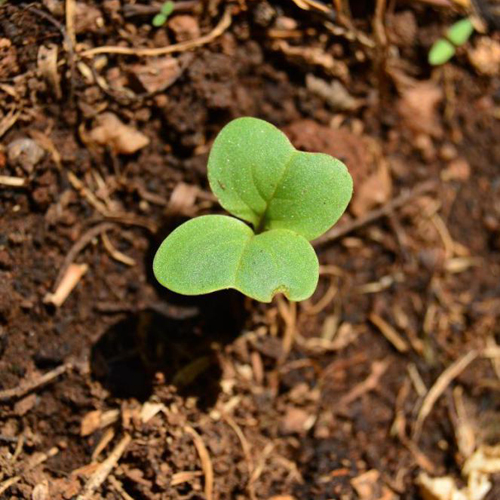
Sowing dates for black radish
As mentioned earlier, the duration of the ripening of root crops is approximately 4 months, therefore, for autumn consumption, it is recommended to sow seeds at the earliest dates, from the end of April to the end of May, and even during the February thaws. For winter storage, sowing is carried out from late May to mid-June.
Some gardeners prefer to sow radish on the waning moon - they argue that in this case, the root crop grows faster and its quality is much better.
Site preparation
For the cultivation of black radish, it is preferable to allocate fertile areas rich in humic substances - sandy loam or loam fertilized with humus. Acid floating soils are unsuitable for culture - on such soils, root crops are affected by keel (a typical disease of plants of the cabbage family). The radish feels great with a neutral or slightly alkaline reaction of the soil solution, therefore, acidic soils must be limed, that is, lime, chalk or dolomite flour must be added for digging.
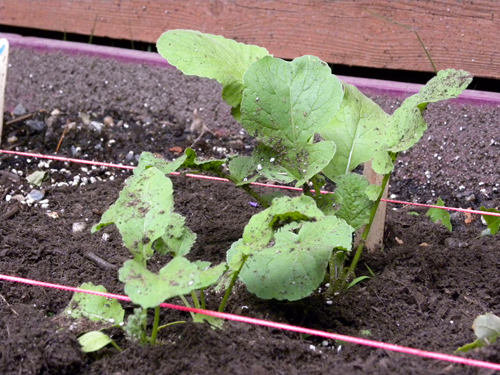
Radish should not be grown after cabbage and some other crops of a related family (horseradish, carrots, etc.). The most preferred predecessors are legumes (beans, beans), nightshades (tomato, physalis, pepper), pumpkin (cucumbers, zucchini), as well as cereals (corn, sorghum).
If the site is fertilized with humus, then sowing black radish is permissible only in the second year after fertilization, adding 40 grams of phosphorus and 30 grams of nitrogen fertilizers per 1 square meter for digging.
When growing a plant in open ground for autumn consumption, it is recommended to prepare the sown area in the fall. If the root crops are supposed to be laid for winter storage, then it is advisable to carry out such work immediately before sowing.

Features of sowing seeds
To ensure friendly germination, it is recommended to calibrate black radish seeds using metal sieves (mesh size 2 mm). In order to prevent fungal diseases, the seed material must be kept in a saturated solution of potassium permanganate for 10-15 minutes, and then rinsed in running water. Good results are obtained by treating seeds in aloe juice - this technique activates growth processes and enhances protective functions.
Seeds are sown in open ground in 3-4 pieces at a distance of 8-10 cm between the holes in a row, and 25-30 cm are left between the rows.Seeds are planted to a depth of 2-3 cm, followed by rolling (compaction) of the top layer of soil. After emergence, one of the most developed seedlings is left.

